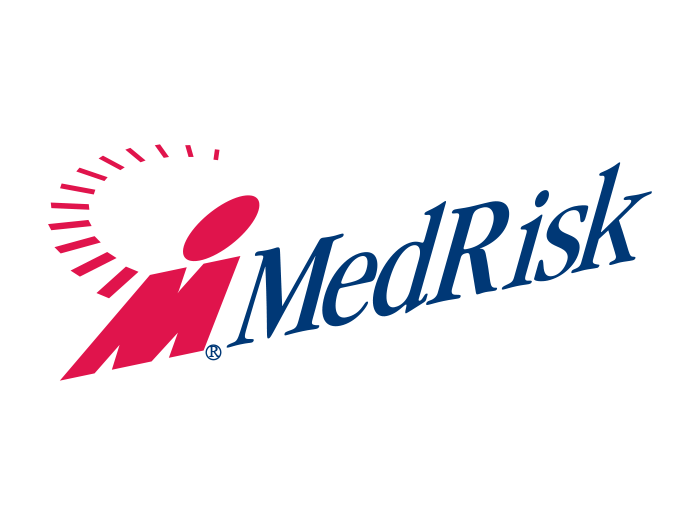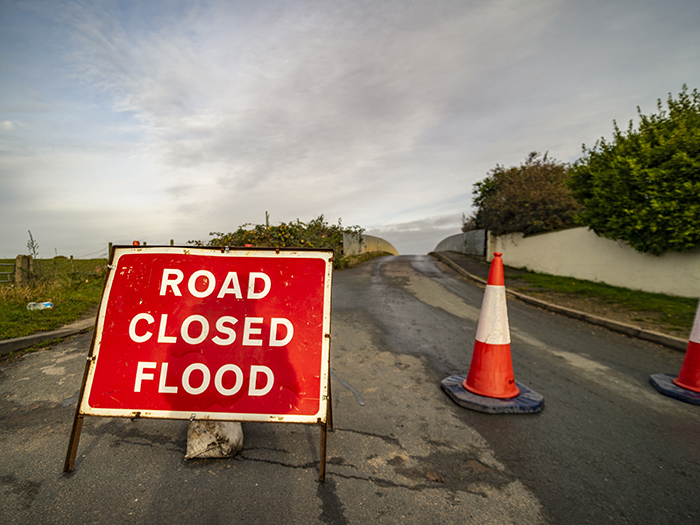Exoskeletons and Workers’ Comp: How the Insurance Industry Can Lead the Way
The next frontier of injury prevention is occupational exoskeletons — wearable devices that physically assist, augment and support workers and help bolster workplace safety when traditional ergonomic controls are not feasible.
The industry is pushing for more standards to expedite technology adoption, researchers are rapidly accruing evidence of device efficacy, and exoskeleton manufacturers are broadening their product offerings.
However, it is the insurance industry that is uniquely positioned to catalyze this growing field of occupational exoskeletons.
Greater collaboration between the exoskeleton, industrial, research and insurance communities has the potential to usher in transformational changes in how the current and future generations of workers are supported and protected.
Exoskeletons Are Reducing Workers’ Comp Costs
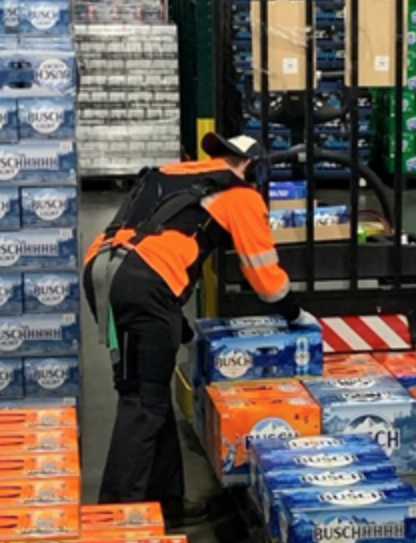
A back-assist exosuit from HeroWear, LLC, Nashville, TN being used by a beverage distribution center worker to reduce strain on his back. (Photo courtesy of Briotix Health, LP.)
Work related injuries have been on the decline for well over a decade thanks to advances in technology and the implementation of ergonomics programs.
Despite declining injury rates, work related musculoskeletal disorders (WMSDs) are still a problem and cost driver for companies and the insurance industry.
Overexertion is the number one cause of WMSDs, according to the Bureau of Labor Statistics, and these types of injuries are dominated by sprains and strains.
Back and shoulder injuries are persistent and costly due to their direct and indirect claim costs and the high rate of turnover that result from them.
Occupational exoskeletons are designed to prevent these types of injuries. These wearable devices that used to only exist in the movies, are now available in the workplace.
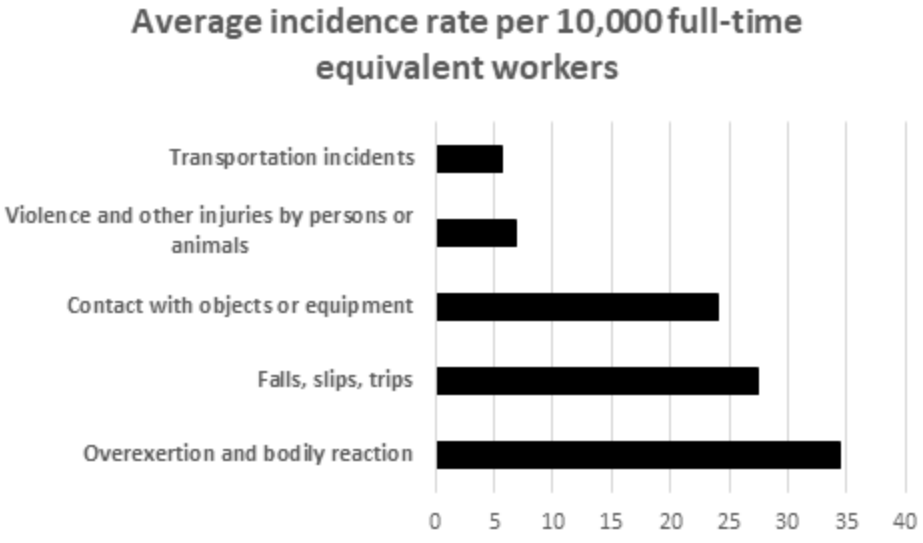
Average incidence rate of injuries and illnesses with days away from work by selected nature of injury or illness, all ownerships, 2013-17. Data shown in columns correspond to nature of injury or illness based on the Occupational Injury and Illness Classification System 2.01 developed by the Bureau of Labor Statistics. Source: U.S. Bureau of Labor Statistics, U.S. Department of Labor, November 2018

Average incidence rate of injuries and illnesses with days away from work by selected event or exposure, all ownerships, 2013-2017. Data shown in columns correspond to event or exposure of the injury or illness based on the Occupational Injury and Illness Classification System 2.01 developed by the Bureau of Labor Statistics.
Occupational exoskeletons came on the market around 2014, and early adopters have been cautiously testing and implementing them for specific purposes with promising results.
For instance, in 2019 a leading early adopter of exoskeletons from the automotive industry presented encouraging preliminary data on injury reductions for the jobs using exoskeletons.
They have since deemed shoulder-assist exoskeletons mandatory Personal Protective Equipment for certain jobs.
A Unique Opportunity for Insurers
The potential that emerging technologies like exoskeletons have for reducing injury risk and costs is very encouraging when they are put to use in the right ways, yet there have been very few examples to date of the insurance industry playing a role in exoskeleton access and adoption in the workplace.
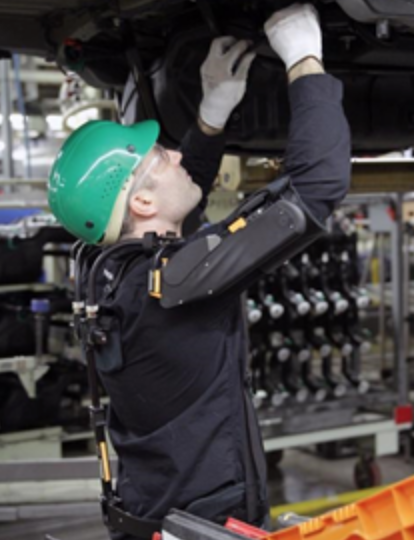
A shoulder-assist exoskeleton from Levitate Technologies, San Diego, Calif., being used by an automotive manufacturing worker to reduce strain on his shoulder. (Photo courtesy of Levitate Technologies.)
The insurance industry is in a unique position to both facilitate use and benefit from the results of exoskeleton technology, as well as chart the course for key research that needs to be done.
At the Human Factors and Ergonomics Society’s annual ErgoX conference in October 2019, there was an insurance forum where a leading industry expert emphasized the importance of publishing data to support exoskeletons.
Industry, government, standards committees, exoskeleton manufacturers and researchers relish this input, and welcome increased leadership and engagement from across the insurance industry.
Back- and shoulder-assist exoskeletons have been found to reduce strain and fatigue in many peer-reviewed scientific studies.
The technology is improving very rapidly, and the known pitfalls can be managed.
Longer-term studies that look specifically at the impacts of exoskeletons on injury rates and costs may be what’s missing for the insurance industry.
These are in progress.
The new ASTM Exo Technology Center of Excellence is also very interested in understanding the insurance industry’s perspective on exoskeletons to help drive research and standards, fill gaps, and meet needs that lead to safe and reliable technology for the benefit of workers, companies, and insurance stakeholders alike.
Who Will Lead the Charge?
WMSDs will continue to be a major problem and cost for workers, companies, and the insurance industry.
Comprehensive safety and ergonomics programs can help reduce claim rates, severity and costs, but certain types of injuries such as overexertion and sprains and strains will likely remain persistent.
A growing body of evidence indicates that occupational exoskeletons can, and likely should, be included in comprehensive safety and ergonomics programs.
The insurance industry is in a unique position to drive adoption and access to the technology, but it’s unclear if or when this will happen and who will lead.
There is promising evidence that exoskeletons can make a positive difference in people’s lives while also increasing the profitability of companies and the insurance industry.
Greater collaboration between the exoskeleton, industrial, and insurance communities needs to happen, and it may very well be transformative for generations to come.
These and other related topics are slated for the National Ergonomics Conference & ErgoExpo in Las Vegas in August. &





